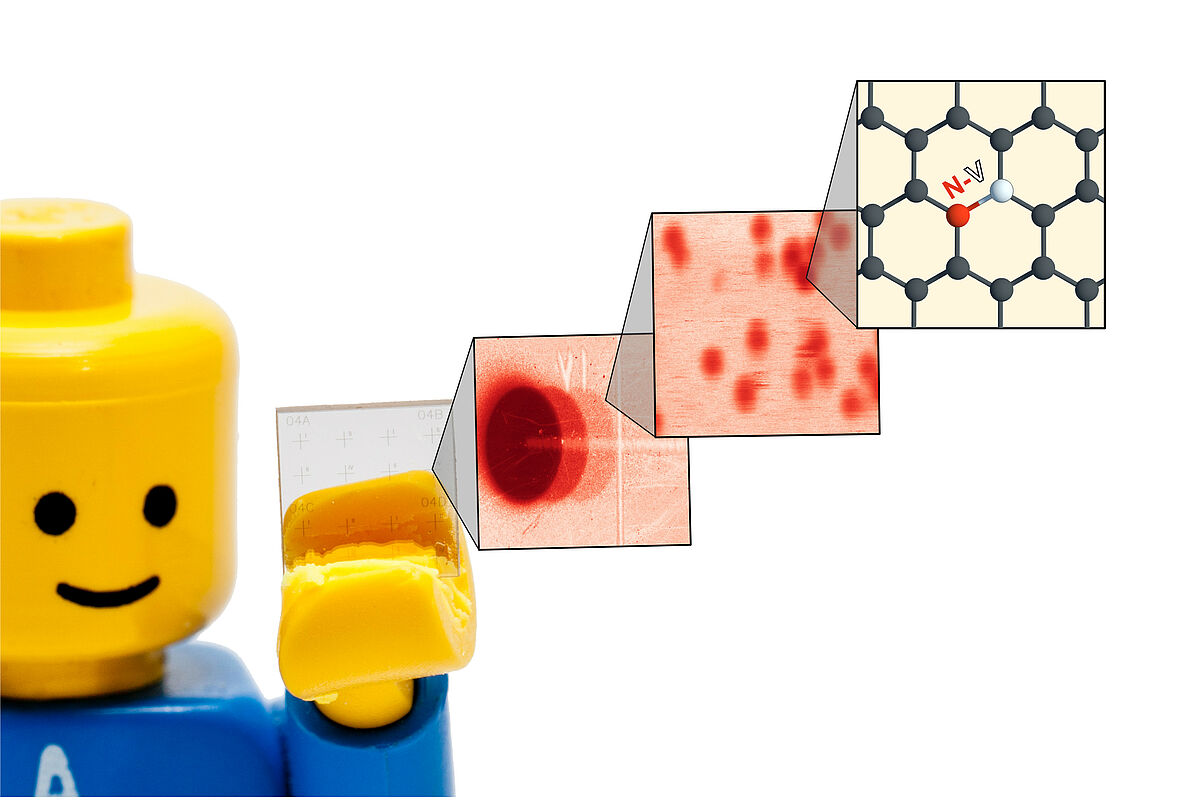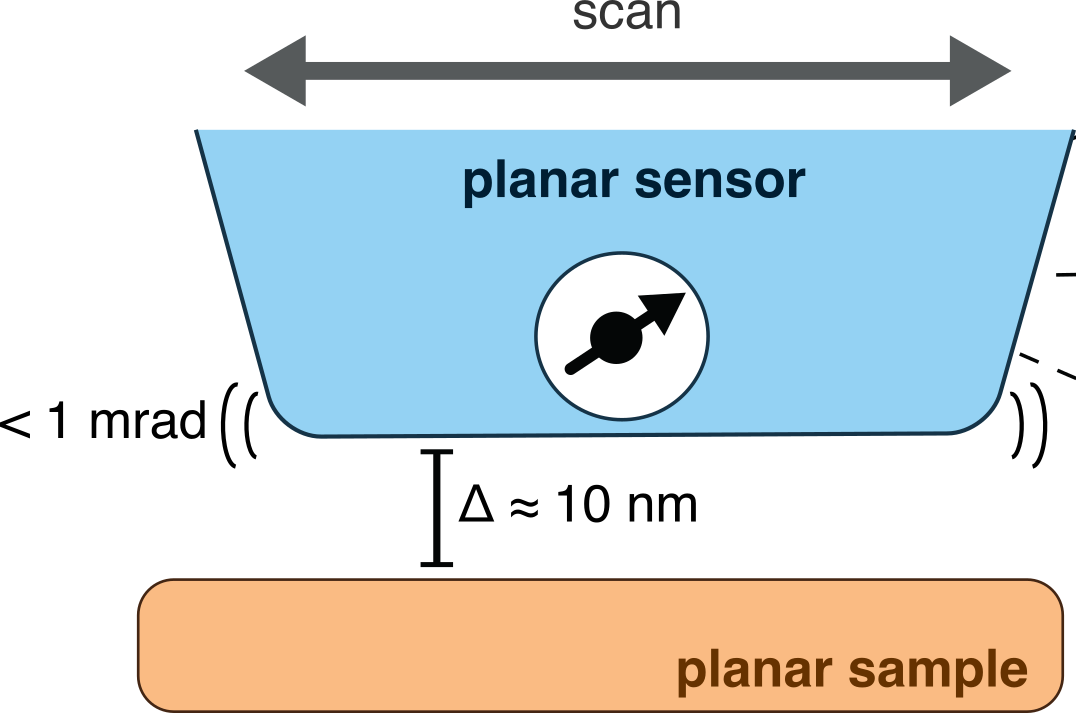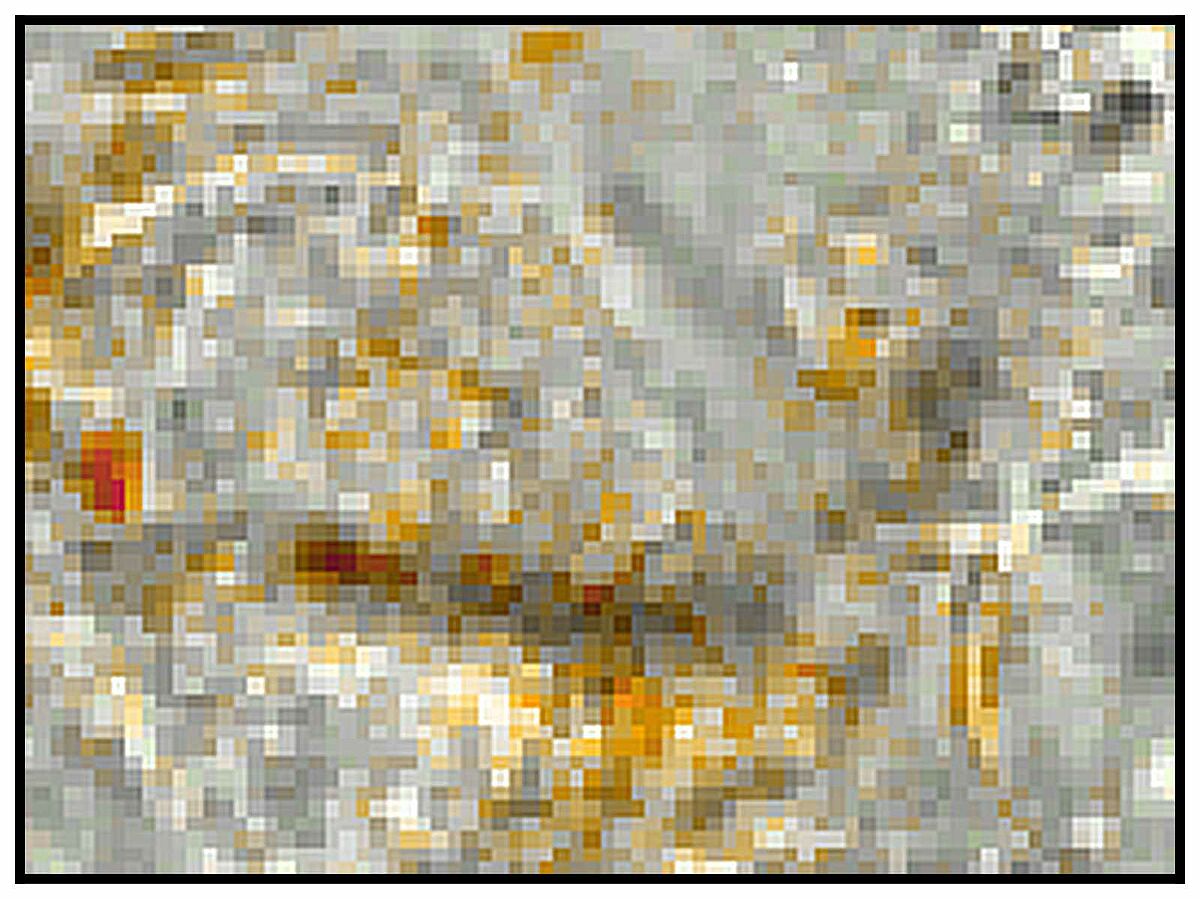Magnetic Resonance at the Nano- and Microscale
NV centers - spin qubits in diamond - can detect magnetic resonance signals from samples as small as a single cell or even a single biomolecule. We are developing ways to record three-dimensional images from such signals, and to extract meaningful insights from spectroscopy.
npj Quantum Information 10,16 (2024)
Nature Communications 12, 532 (2021)
Nature Nanotechnology 10, 125 (2015)
Science 339, 561 (2013)
Planar Scanning Probe Microscopy
We are working on a novel platform for scanning probe microscopy, which can employ arbitrary planar sensors as probes, not only sharp tips. Our approach is based on an interferometric microscopy scheme to align a planar probe parallel with a planar sample. This simplifies fabrication of scanning probes, and greatly enlarges the range of probes that can be used.
Our current goals include application of this technique to apertureless near-field microscopy, near-field microscopy based on single emitters, and imaging magnetometry based on NV centers.
ACS Photonics 6, 327 (2019)
Quantum Science and Technology 10, 015037 (2025)
Electric Readout of NV centers
NV centers - spin qubits in diamond - are usually read out by their fluorescence. While this is experimentally simple, it is inefficient and slow, because it succeeds only in one of several 100 attempts. We are working on all-electric ways to read out NV centers, ways that convert the spin state directly into an electric signal like a current or a voltage. One very promising approach is detection by cavity QED schemes. Ensembles NV centers can be coupled to high-quality microwave resonators (grey disk in the right picture), which can in turn be interfaced to microwave circuits.
Quantum Sci. Technol. 6, 03LT01 (2021)
Nature Communications 8, 964 (2017)
Phys. Rev. Lett. 118, 037601 (2017)
Novel schemes for neuroimaging
Today, imaging the electrical activity of brain cells requires staining them with dyes that are sensitive to voltage or Calcium ions. These dyes are prone to bleaching and can affect the properties of cells. We are looking into ways to generate more photostable fluorescent labels, based for example on color centers in diamond, and label-free schemes that would obviate dyes altogether. This ambitious goal might be in reach, because sensitive laser interferometry and modern data processing could reveal small intrinsic signals that accompany electrical activity, for example membrane vibrations.
Scientific Reports 10, 20078 (2020)
Nano Letters 24, 12374 (2024)



